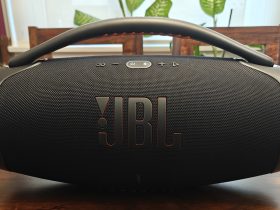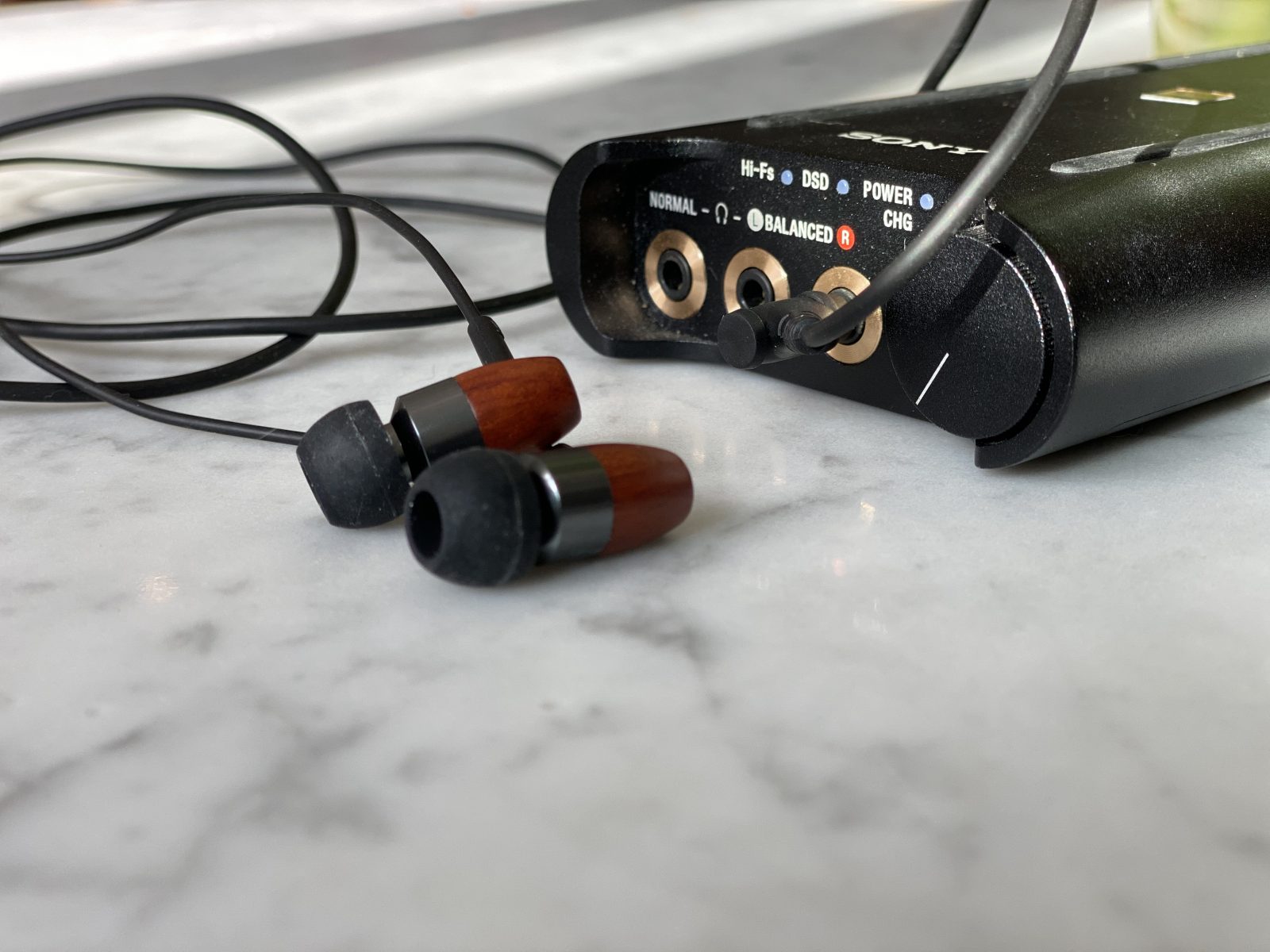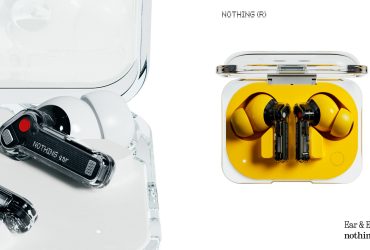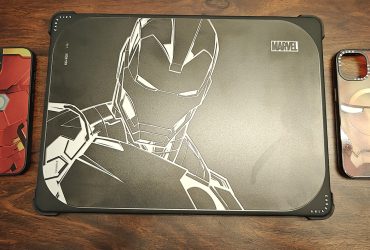A few weeks ago, I was introduced to a gentleman named Andrew Grubb, who runs a Canadian headphone company called thinksound (small t) based in Burlington, Ontario. I knew I was going to hit it off with Andrew when we met for a covid friendly walk, with his two shaggy adorable dogs and ended our talk back at Andrew’s 1990s-era Land Rover Defender that’s a restoration project in the works. Like any audio guy, Andrew started his truck restoration with the sound system and interior sound proofing and is slowly working his way to the bodywork, but taking good care not to disturb the patina of the paint, from a truck that has spent a portion of its life in military conflict zones.
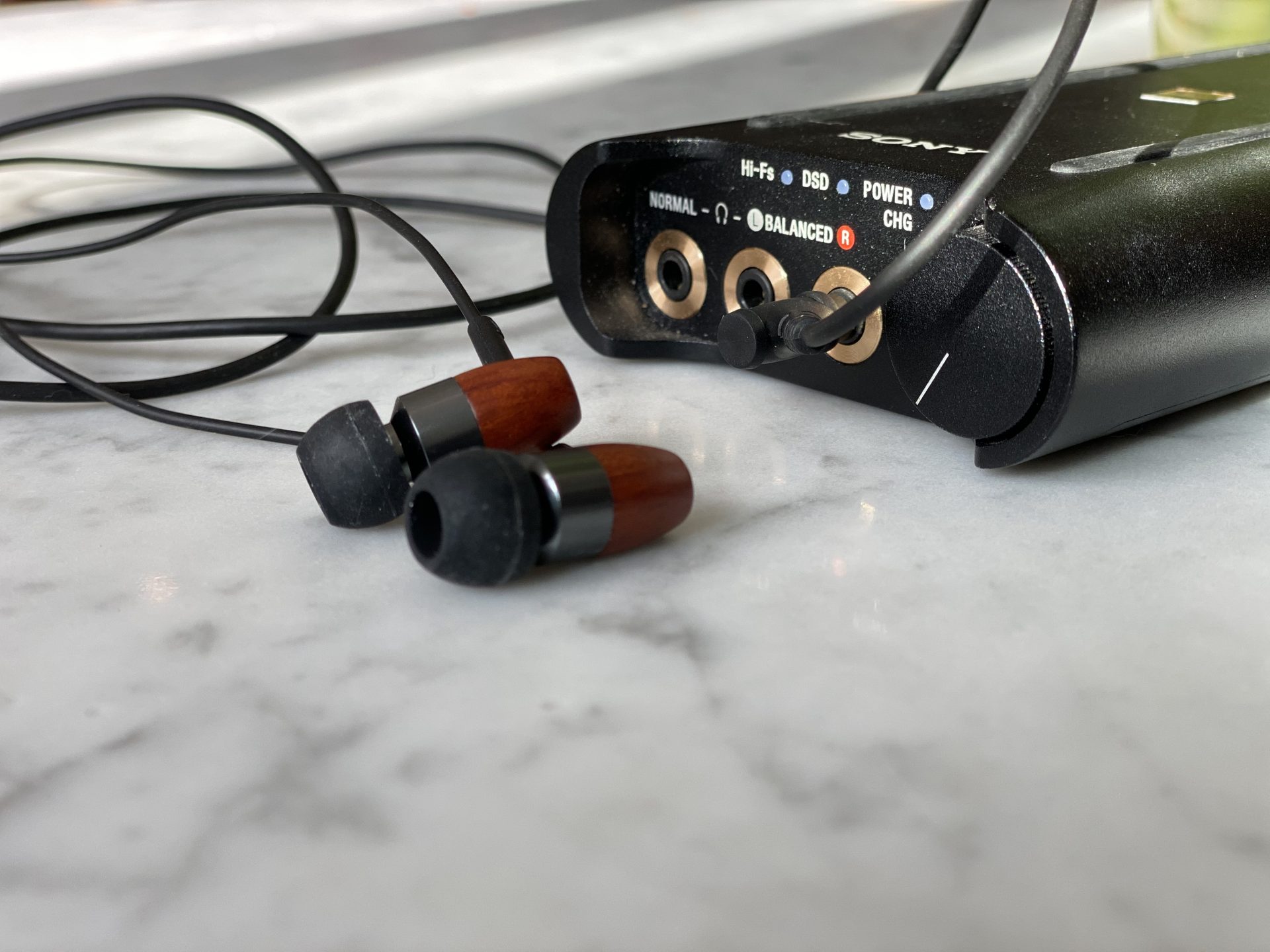
As Andrew and I walked the dogs along the Lake Ontario waterfront, he told me how thinksound was founded in 2009 by American audio engineer Aaron Fournier, who in addition to being the founder of a headphone company and a respected sound engineer, also restores old houses in the Salt Lake City area. Andrew explained that “the mandate of thinksound is to produce high reproductive quality headphones that also look great at an affordable price.” Being our first meeting together, I didn’t have the heart to mention that that tends to be the mandate of every headphone manufacturer on the planet, but it is still refreshing to meet someone who still passionately believes in that mission statement.
Being a small company, thinksound has a number of products in their pipeline, but currently sells a wired in-ear model called the in20 (+mic) that feature 8mm drivers in a gunmetal aluminum baffle attached to a hand-crafted sustainable wood housing and true to their sound engineering pedigree, make no excuses for these buds being wired. No audiophile would ever argue against wired connectivity always sounding better than wireless. Andrew pointed out that the company’s environmental footprint is a core driver to determining materials used both for the headphones and packaging, hence the wood exterior.
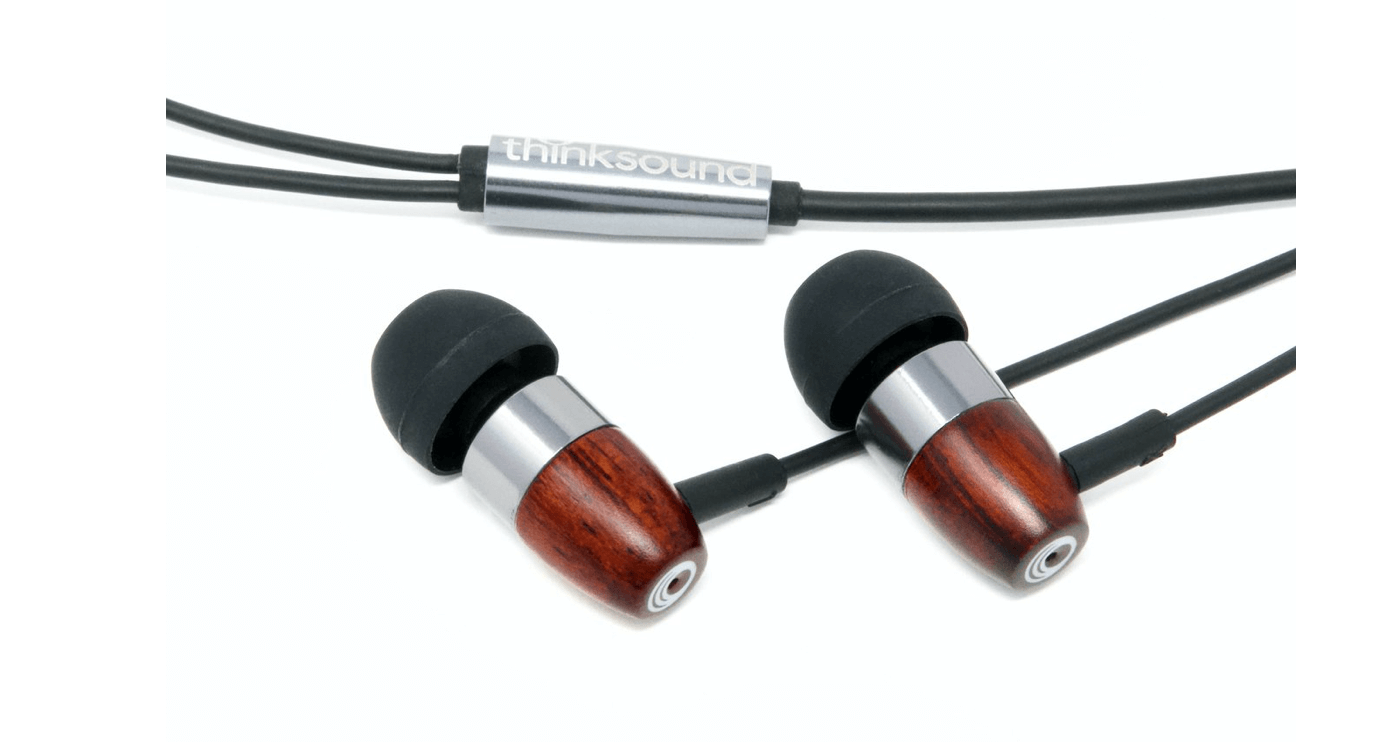
Andrew left me a pair of in20 in-ear headphones to test. It had been some time since I wore in-ear wired buds, (seeing the industry trend is true-wireless) and was immediately reminded how light in-ears can be when you don’t have to include batteries capable of 8-hours of playback. The silicon ear tips have a bounce to them almost like the shock absorber of say a 1990s Land Rover Defender! Whether by design or coincidence, the play in the tips created a comfortable, snug fit and the sound reproduction was lively but with no artificial exaggerated bass notes, so common in today’s soundstage. Playing well known artists from the Grateful Dead to John Coltrane to my beach favourite Cantoma, provided excellent reproduction. Listening to podcasts while walking the dog, the thinksound in20 had me forgetting I was even wearing in-ears. In other words, these are terrific headphones that any music lover would be lucky to wear. So now what?
According to Harvard Business School professor Clayton Chrristensen, approximately 30,000 new products are introduced every year of which 95% fail. Now, thinksound has been in business since 2009, so they have clearly created a grassroots following and their in-ears have been reviewed favourably by some of the biggest publications including; the New York Times, Stereophile and WhatHiFi so they are obviously doing something right. But what do you say to a guy like Andrew Grubb, who’s passionately promoting a wired in-ear headphone for $200 when established brands with multi-million dollar operating budgets like Sony, Shure, Sennheiser or Bose also have comparable products, but with 60 years of brand recognition behind their names? In our always-on social media-crazed world does thinksound have any chance of getting shelf space at established audio retailers like Bay Bloor Radio in Toronto or Glubes in Halifax? Of course, they do! It wasn’t too long ago when no one had heard of brands like Audeze, HiFi Man, Master&Dynamic or RHA either. Those brands certainly didn’t roll over because of the competition from established legacy brands, instead they designed new and exciting products and today all of those “new brands” are playing head-to-head with the big boys. Can you imagine a world where you don’t create a company because someone has done it before? Jeez!
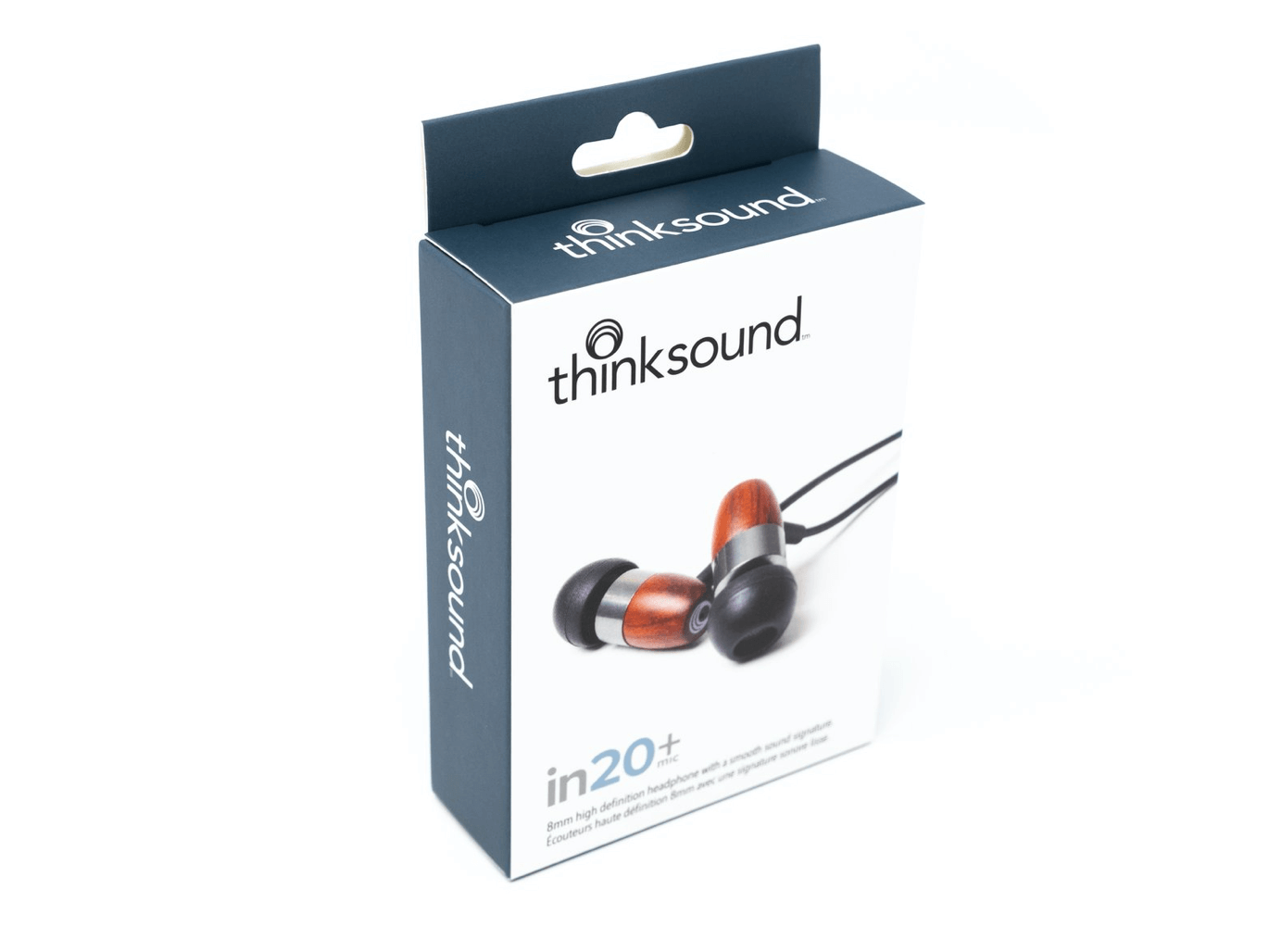
thinksound has a slew of endorsements from well-known musicians that they should be talking up to build their story. There’s nothing like instant validation from a well-known artist who loves your brand! They have a strong environmental story to share and could continue to promote sustainability – maybe get a pair to Jack Johnson or Eddie Vedder who are ambassadors for ocean conservation. And since the product sounds great, keep hammering away at receiving positive reviews and gratuitously telling everyone you can, how these brand-name reviewers love your brand. Keep growing your social media presence and target your small ad budget to boosted posts on Instagram and keep pushing your Shopify store to build your direct-to-consumer business until a big distributor or retailer comes calling. It’s a big mountain but chances are good that thinksound may just be one of the big boys one day, mostly because the product is authentic.

thinksound has a gorgeous over-ear headphone coming out next month. Maybe some of our strong indie retailers who read wifihifi should reach out to Andrew and they can then say they knew the brand before it became a household name. Andrew can be reached at [email protected] and sells his headphones through www.thinksound.com

